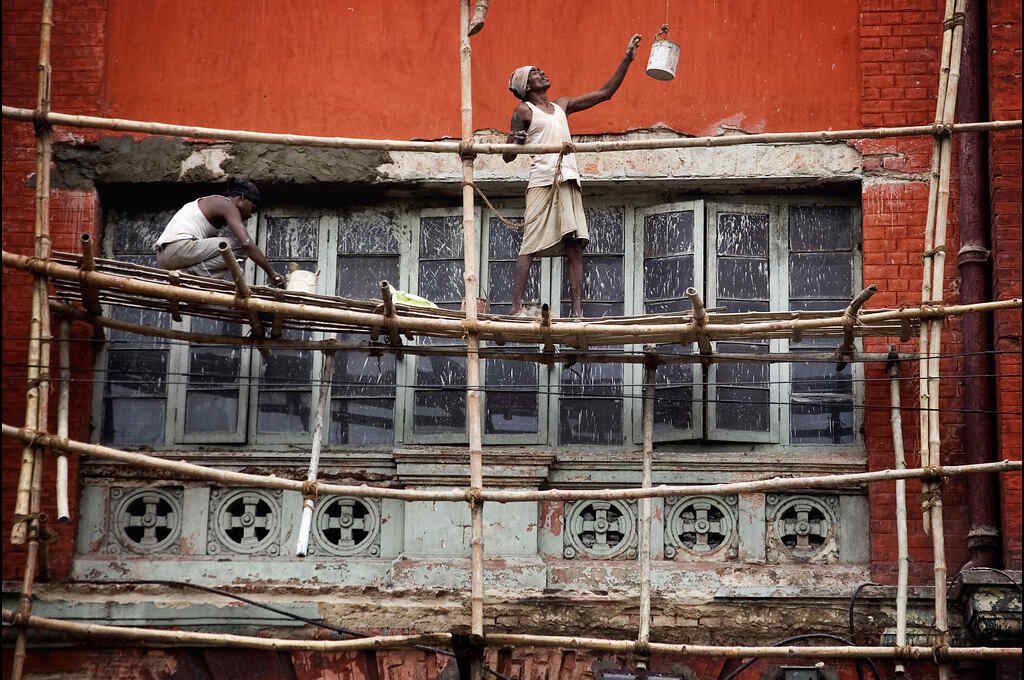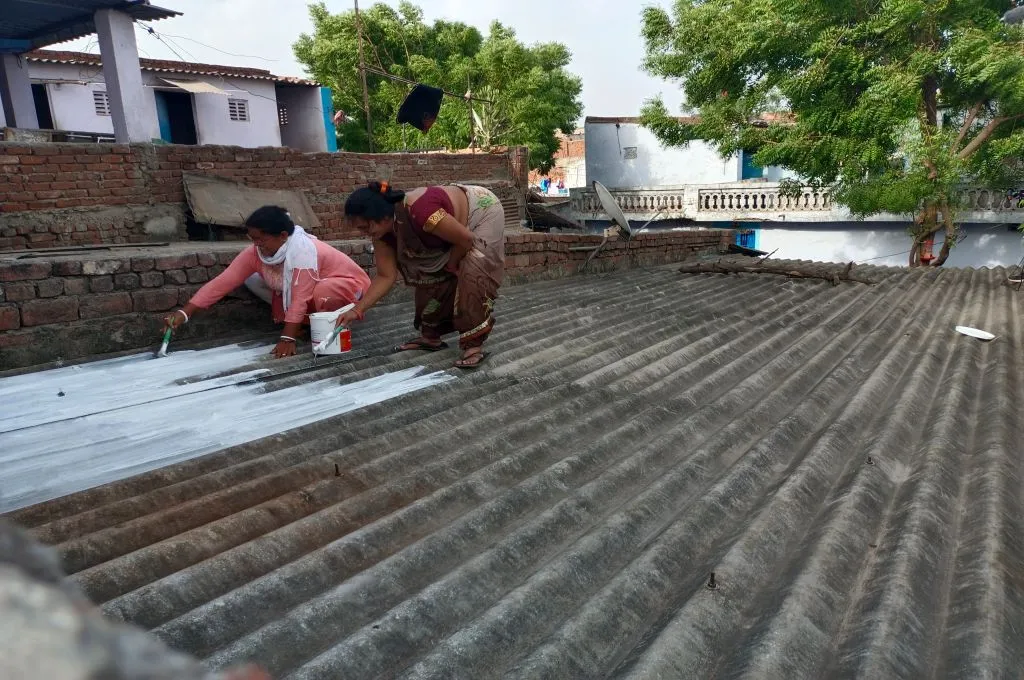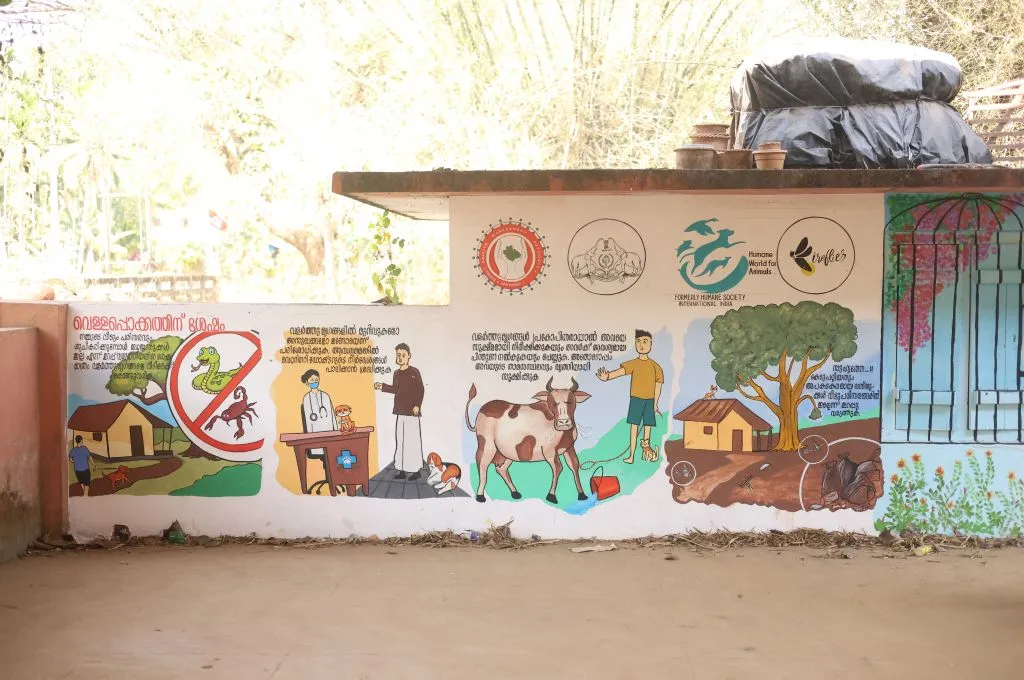With a 36 percent increase, India’s residential market had a record-breaking year in 2022–23. By 2030, we are slated to become the number one consumer of cement in the world. Construction is already responsible for 40 percent of the carbon emissions in India. The industry also uses a high quantity of resources, including water and energy, and generates large-scale waste. For a rapidly urbanising country like India, this is an environmental quandary.
Despite this, real estate can be a game changer when it comes to achieving our goal of limiting warming to 1.5 degrees Celsius. Construction has the highest greenhouse gas mitigation potential for the least capital. Studies show that green buildings can save up to 30 percent of energy and 50 percent of water and reduce maintenance costs by about 25 percent. Through sustainable design, construction, and operations, we can make buildings that are climate-resilient, consume less water, use energy optimally, conserve natural resources, and generate less waste.
While the climate change conversation often revolves around bringing resources to places that don’t yet have access to water or energy, the root cause of the problem is the urban setting that creates an unsustainable trend. Urban residential construction is what we need to address urgently. We have the expertise needed to tackle this but the experts in relevant fields—solar, waste management, energy-efficient building material—work in silos.

What is sustainable construction?
Carbon emissions in construction can be classified into two types—embodied carbon and operational carbon. Embodied carbon is associated with the design, materials, and building process. It includes carbon created during the manufacturing of building materials such as steel, cement, or red brick, as well as the transportation of this material to the construction site. Operational carbon, on the other hand, refers to the carbon emitted throughout the lifetime of the building—it comes from energy, cooling or heating, lighting, and so on.
Using renewable energy, such as solar, is an efficient way to decrease operational carbon.
At the design and concept stage itself, developers should be mindful of the carrying capacity of the land. Is there enough water, sand, and energy at the site to not just build but also operate the building over the longer term? Can we utilise resources without damaging the ecosystem? Can we avoid pumping more groundwater than we can replenish? Can we ensure we need the least amount of water from an external source? Can we reduce, reuse, and recycle the water? Can we build so we don’t need energy from the grid? Design needs to consider the orientation of the building to maximise natural ventilation and reduce reliance on artificial cooling systems. Large glass windows, while visually appealing, result in heat gain within the building. Using renewable energy, such as solar, is an efficient way to decrease operational carbon. Thick insulation can also help with energy costs.
Construction materials such as cement and red brick cause significant carbon emissions. Greener alternatives such as fly-ash bricks, hempcrete, or agrocrete can help decrease the application of carbon-intensive materials. A holistic view of building materials also entails looking at the supply chain. Developers should try using local materials so they don’t need to transport them from great distances. If a steel manufacturer, for example, has been more efficient than another, preference should be given to their product. At Smarter Dharma, we are trying to create an open-source registry of this information that can be utilised by constructors. We look for alternatives to materials of aspirational value. For instance, instead of marble flooring, we can opt for the clay tiles used by the maharajas of Mysore.

Challenges to sustainable construction
By 2030, there’s potential to mitigate a billion tonnes of carbon. In 2019, the global carbon footprint was about 43 billion tonnes. In India, so far southern cities such as Bangalore, Hyderabad, and Chennai are faring better than northern ones; Mumbai is opening up too. More and more builders are realising they need to adopt sustainable practices. Some of them are switching because customers are asking for it, others because the government mandates are becoming tighter. Last but not least, developers are beginning to believe it is their responsibility to do the right thing.
However, there are some challenges to achieving scale and normalisation across the country for sustainable practices in the construction industry.

Costs
There are three levels of builders in the industry of about 83,000. The topmost level has only a few large companies, such as Lodha and Godrej, that are mandated to publish reports under the Environmental, Social and Governance framework and are switching to sustainable construction quickly. About 85 percent of the builders are in the middle and lower levels. The middle level of builders, such as Rohan Builders, are adapting based on the size and location of the project. For them this can be an add-on to their other amenities and be a game changer. Level three has the largest pool in Tier-II and Tier-III cities.
The biggest challenge in case of residential construction is deciding who to pin the cost of sustainability on.
The sustainable construction ecosystem needs to move beyond a handful of people to involve these small-scale builders. For them especially, there is a conflict between economic and environmental feasibility. Adopting a new system is not always cheap. For instance, if we recommend a water treatment plant that costs INR 50 lakh, it may be too much for them. Sometimes though, instead of comparing it to the original system, which would have cost them INR 41 lakh, they make an unfair comparison based on the entire price.
The biggest challenge in case of residential construction is deciding who to pin the cost of sustainability on. A developer may create facilities that can lead to residents saving 20 to 30 percent over the lifetime of the building. In that event, is the resident willing to pay extra for a more sustainable house or does the builder bear the cost? Numbers help to convince people about the savings and benefits in the long run.
Lack of data and awareness
There are no established standards, tools, databases, and guidance or routine measurements of carbon emissions in the construction industry. While many people understand the significance of climate action, few realise the scope of its impact. Because many commercial organisations are keen to add sustainability to their values, integrating these measures in commercial buildings can be relatively straightforward. However, the challenge lies in fostering a meaningful connection between the people who go into the building and the cause. Conversely, in residential buildings, establishing that connection may be easier, but transitioning to sustainable practices proves to be more arduous owing to costs. Data empowers decision-makers from early on. Talking numbers helps them internalise sustainability as a core value. We also help builders sell the idea to their customers with data.
Scepticism about new materials
Builders are often sceptical about using alternatives such as wood, hemp, fly-ash bricks, or adobe bricks. Buildings are constructed to last at least 40 to 70 years. But since many of these materials are relatively new, there’s no way of knowing if and how they’ll withstand time. Traditional Indian material such as mud and dry grass is not yet used for high-rises. Wood and mud tiles are popular, but can these be scaled? For instance, bamboo is the poster child of sustainability. But the demand is leading to the conversion of paddy land into bamboo land in Assam, which is not a sustainable practise. A few start-ups are working on alternatives to reduce cement use. This itself will make a huge impact.
Policy
India uses a stick model with strict mandates for builders. For instance, in Bangalore, it is compulsory for the top two floor of a building to incorporate some solar water heating. Consequently, builders often task architects and consultants with these features as an afterthought, undermining the true essence of sustainability. Non-compliance with these mandates or the pursuit of loopholes has become prevalent and widespread. Policies that are more incentive-based than punitive, and add the carrot along with the stick, can enable scale. We do have some progressive laws but monitoring their implementation is a challenge.
Finally, addressing climate action necessitates a comprehensive plan. Many sectors consider the holistic approach but when it comes to climate change, it is an imperative. For instance, Electric Vehicles (EV) are seen as a popular solution. However, they will generate a lot of lithium waste. Instead, we could plan better for public transport and reduce the need for individual vehicles. Similarly, compartmentalising or isolating sustainable construction can yield counterproductive outcomes. To pave the way for meaningful climate action we need to scale change with the help of technology and normalise it with policy.
—
Know more
- Read this to learn more about agrocrete.
- Read this article to learn more about the role design plays in sustainable construction.
- Read about how architects are using terracotta for cooling.
Do more
- Reach out to Smarter Dharma to learn more about sustainable construction.




